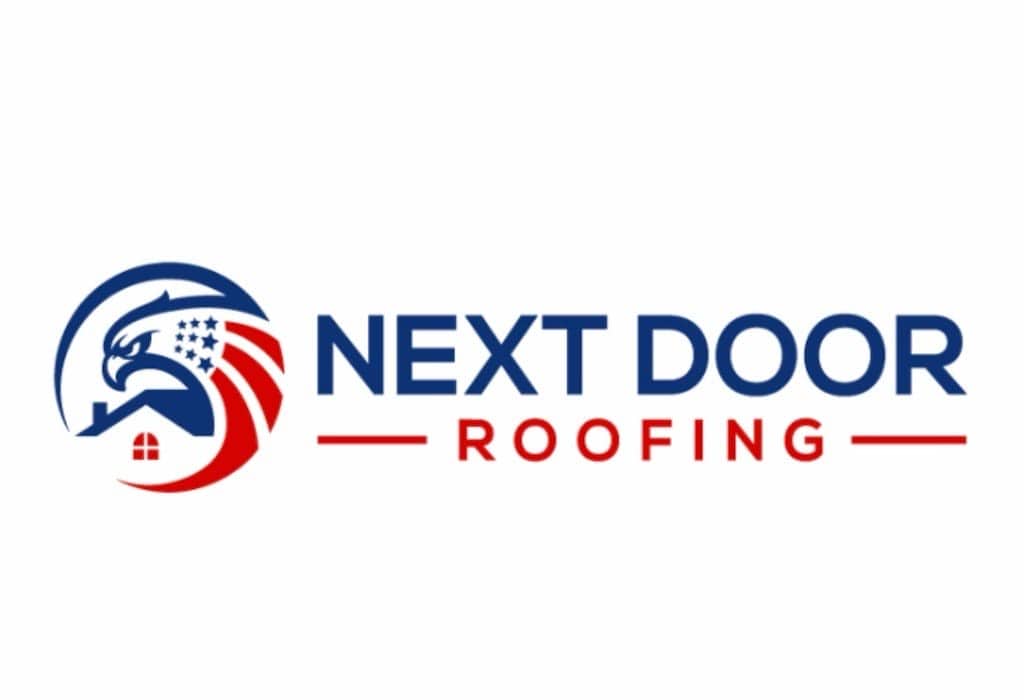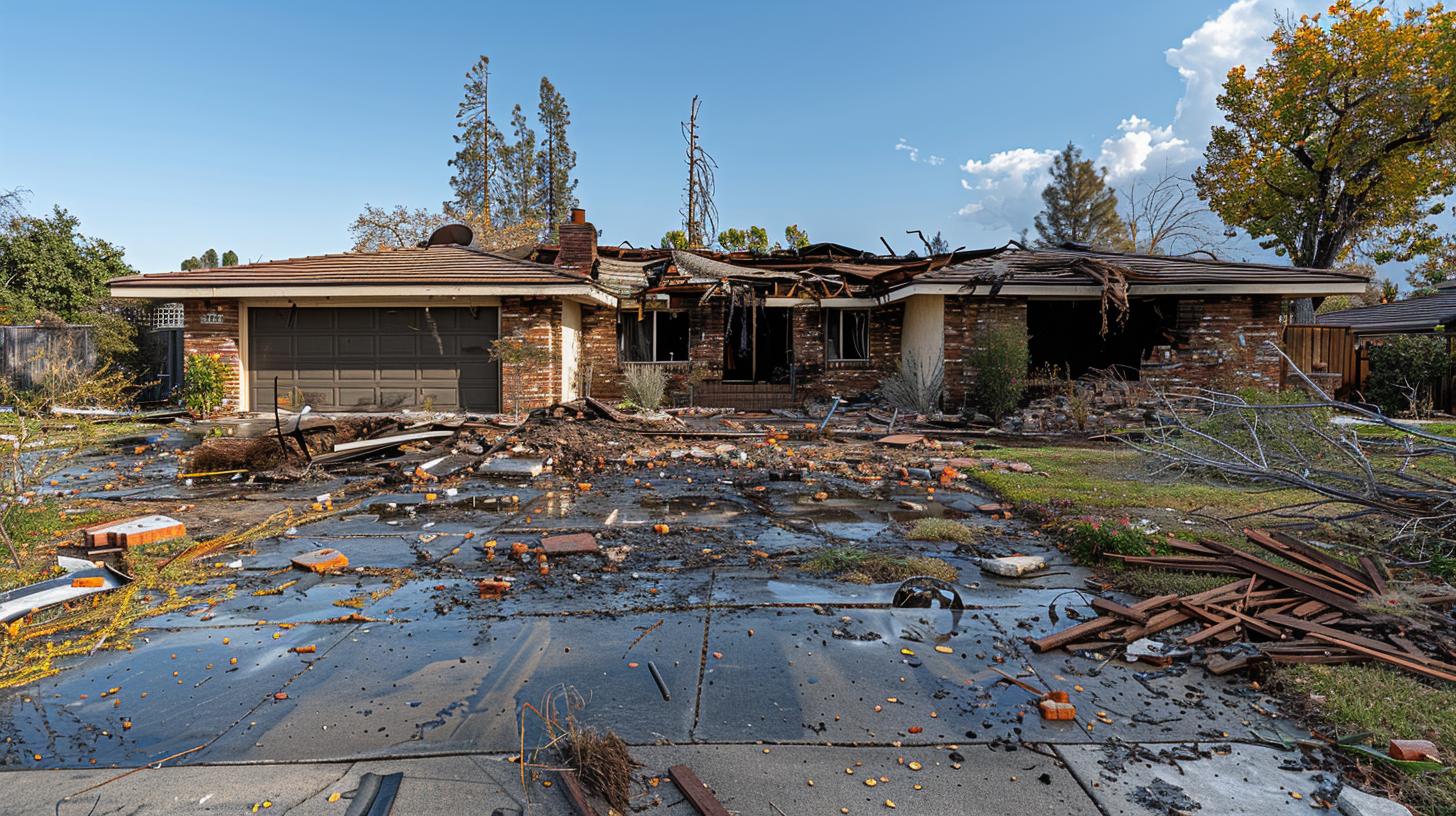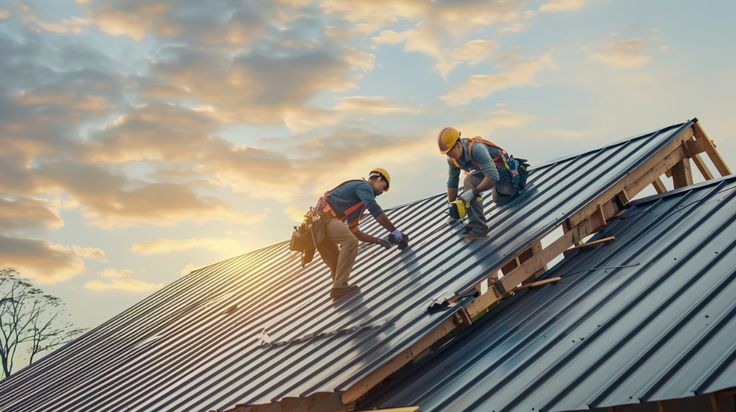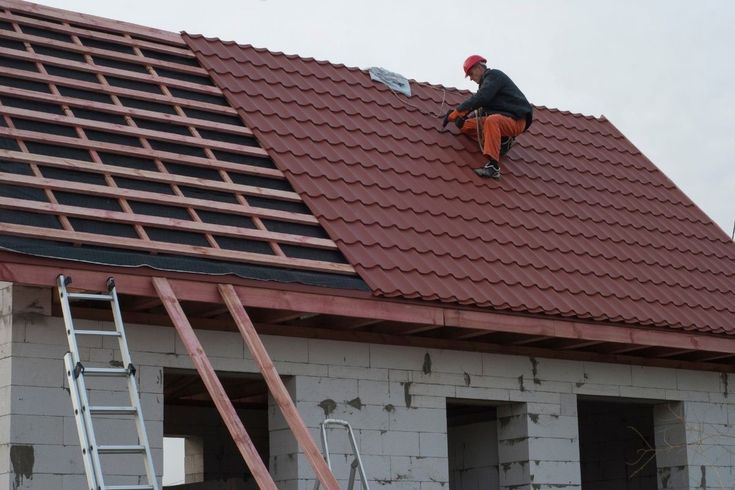Newport Beach, renowned for its stunning coastal views and vibrant community, is also susceptible to various weather conditions that can pose significant risks to homeowners. Among these potential hazards, storm damage in Newport Beach is a recurring concern that calls for vigilant preparation and maintenance. With the city’s unique climate characterized by occasional windstorms, heavy rains, and coastal storms, it’s crucial for residents to understand the importance of protecting their homes-particularly their roofs-from potential damage.
Your roof serves as the first line of defense against harsh weather elements. Therefore, taking proactive measures to ensure its integrity is key to safeguarding your home. A well-maintained roof not only prevents water leaks and structural issues but also extends the lifespan of your property. Understanding how different types of storms can impact your roof enables you to take necessary precautions tailored specifically for Newport Beach’s peculiar weather patterns.
It’s important to recognize that storm preparedness goes beyond just reacting after a storm hits; it involves consistent upkeep and strategic reinforcements. From selecting suitable roofing materials to trimming overhanging trees, each step plays a pivotal role in fortifying your home against unpredictable storm damage. This article aims to provide comprehensive guidance on how Newport Beach residents can best protect their roofs from storm-related threats, ensuring peace of mind and lasting security for years to come.
Understand the Types of Storms in Newport Beach
Windstorms
Windstorms are a frequent occurrence in Newport Beach due to its coastal location. These storms can produce gusts strong enough to dislodge shingles, tiles, and other roofing materials, leading to potential water leakage and structural damage. More severe windstorms may also uproot trees or send debris flying onto your roof.
It is crucial to recognize that even moderate wind speeds can cause significant harm over time if your roof is not properly maintained and fortified. Ensuring all roofing materials are securely fastened can mitigate the impact of these blustery episodes.
Heavy Rain
The heavy rainfalls characteristic of Newport Beach storms present another considerable threat to your roof. During intense downpours, roofs without adequate drainage systems often experience pooling water which can lead to leaks and deterioration of roofing materials. Moreover, compromised seals around vents, skylights, and chimneys exacerbate the risk of internal water damage. Regular inspection and maintenance of gutters, downspouts, and roof seals are essential preventative measures against storm damage Newport Beach residents frequently contend with during rainy weather.
Coastal Storms
Newport Beach’s geographic position along the Pacific coast also makes it susceptible to coastal storms and their accompanying complications. Coastal storms often bring a combination of high winds, heavy rains, and even sand particles carried by strong sea breezes. This trifecta can erode roofing materials more quickly than typical inland weather conditions.
Homeowners should be particularly vigilant about checking for wear and tear caused by saltwater corrosion and sandy abrasions on their roofs. Utilizing storm-resistant roofing coverings treated for marine environments will provide an extra layer of protection against these unique coastal threats.
Each type of storm poses distinct risks that necessitate proactive measures tailored to their specific characteristics. Understanding these dangers enables homeowners in Newport Beach to implement targeted strategies that fortify their roofs against nature’s challenges.
Inspect Your Roof Regularly
Regular roof inspections are crucial for maintaining the longevity and durability of your roofing system, especially in areas like Newport Beach where storm damage can be prevalent. The first step in a proactive approach to protecting your roof is scheduling consistent inspections-ideally twice a year, once in the fall and once in the spring.
These inspections allow you to identify potential issues before they become significant problems. Moreover, after major storm events, it’s advisable to conduct an additional check-up to assess any immediate damage.
During your inspection, there are several key elements to focus on. Begin by examining the shingles; look for any that are missing, damaged, or loose. Shingles are your roof’s first line of defense against harsh weather conditions such as windstorms and heavy rainfall common in Newport Beach. Cracked or curling shingles can indicate that they have reached the end of their useful life and need replacement promptly to avoid leaks and further storm damage.
Additionally, pay attention to potential leaks and cracks not only on the surface but also around critical areas such as chimneys, skylights, and vents. These are vulnerable points where water can easily penetrate if not adequately sealed or maintained. If you notice water stains on your ceilings or walls inside your home, it’s a clear signal of a leak which might have gone unnoticed during previous storms.
| Inspection Task | Details |
|---|---|
| Examine Shingles | Check for missing, damaged, or loose shingles |
| Inspect for Leaks & Cracks | Focus on chimneys, skylights, vents; look for water stains inside home |
Finally, inspect the gutters and downspouts attached to your roof structure. Overflowing or clogged gutters can exacerbate storm damage Newport Beach residents frequently encounter by preventing proper drainage and causing water accumulation on the rooftop. Ensuring these components are debris-free will facilitate efficient water runoff during heavy rains. Employing a comprehensive inspection routine helps address minor issues early and fortifies your roof against future storms effectively.
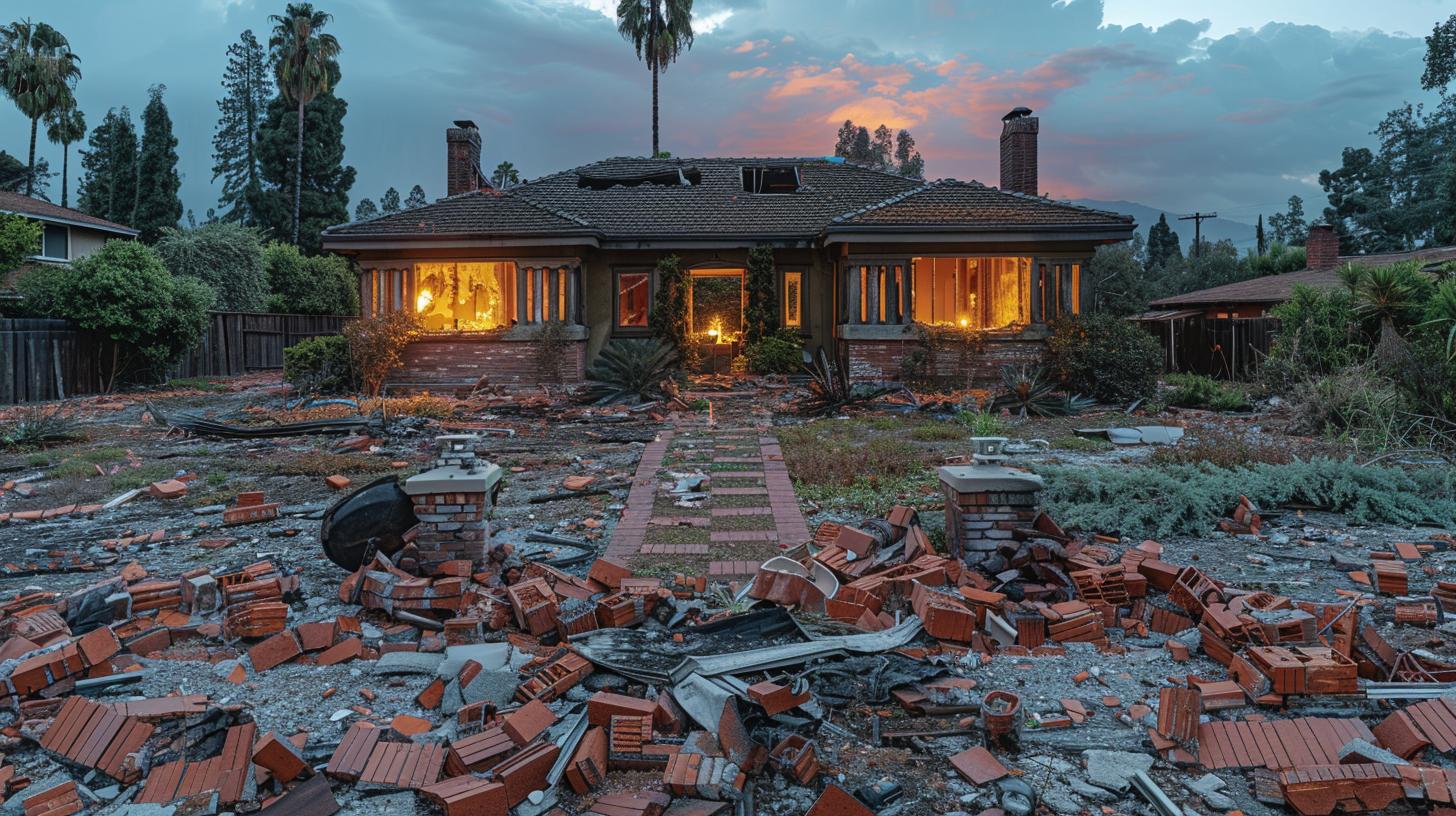
Choose the Right Roofing Material
Selecting the appropriate roofing material is crucial for ensuring your home can withstand the challenges posed by storm damage in Newport Beach. The area is known for its unique weather patterns, including windstorms, heavy rain, and coastal storms, which can all impact the integrity of your roof. Therefore, making an informed decision about the type of roofing material you use can make a significant difference in how well your home holds up during these events.
First on the list of suitable materials are asphalt shingles. These are popular due to their cost-effectiveness and relatively easy installation process. They offer decent wind resistance and can handle moderate rainfall effectively. However, they may not be as durable against severe coastal storms characterized by high winds and heavy rains. That said, there are high-quality asphalt shingles designed to withstand harsher conditions; opting for these higher-grade options could be beneficial.
Another excellent option is metal roofing. Metal roofs boast outstanding durability and longevity, often lasting over 50 years with proper maintenance. They are highly resistant to extreme weather conditions such as strong winds and heavy rain, which makes them a viable choice for minimizing storm damage in Newport Beach. Additionally, metal roofs are fire-resistant and have reflective properties that help in maintaining energy efficiency during hot weather conditions commonly experienced in this area.
Finally, consider tile roofing systems made from either clay or concrete tiles. While they tend to be more expensive upfront compared to other materials, they offer substantial long-term benefits including superior resistance to wind and water penetration.
Tile roofs also add an aesthetically pleasing Mediterranean look-fitting right into the coastal vibe of Newport Beach homes. It’s important to ensure that your roof structure can support the additional weight of tiles because they are significantly heavier than other materials.
- Asphalt Shingles: Cost-effective but may require upgrading for better protection.
- Metal Roofing: Highly durable and resistant to extreme weather.
- Tile Roofing: Offers enhanced protection with added aesthetic appeal.
Understanding these options will help you choose a material that not only complements your home’s aesthetics but also provides robust defense against potential storm damage newport beach might bring your way.
Trim Overhanging Trees and Brush
Overhanging branches can become significant hazards during stormy weather, directly impacting the integrity of your roof. In Newport Beach, where storms can bring intense winds and heavy rain, it’s crucial to keep trees and brush well-maintained. Broken limbs or entire branches can come crashing down onto your roof, causing punctures or breaking shingles. These scenarios not only lead to immediate damage but also expose your home to potential leaks and further deterioration.
To minimize the risk posed by overhanging trees, follow these essential tips:
- Regular Pruning: Trim back any branches that extend over your roof at least once or twice a year. This reduces the chance of them breaking off during severe weather.
- Healthy Trees: Ensure that trees close to your house are healthy. Diseased or dying trees are more likely to drop large branches or even fall entirely during a storm.
- Hire Professionals: For larger or higher branches, consider hiring an arborist or professional tree service. They have the tools and expertise needed for safe trimming without causing harm to the tree or risking injury.
In addition to reducing storm-related risks, trimming trees offers other benefits such as improved sunlight exposure and reduced debris on your roof. Leaves and small twigs often accumulate in gutters, potentially leading to clogs that impede proper water drainage-a situation you definitely want to avoid in areas prone to heavy rainfall like Newport Beach.
Effective tree maintenance is a straightforward step towards safeguarding your property from storm damage. By proactively managing overhanging vegetation, you’ll be better prepared when inclement weather strikes. This not only enhances the longevity of your roof but also ensures you’re mitigating common forms of storm damage Newport Beach residents know all too well.
Reinforce Your Roof Structure
Reinforcing your roof structure is a crucial step in safeguarding your home against the severe weather conditions typical in Newport Beach. Given the area’s susceptibility to windstorms and heavy rain, it’s essential to ensure that your roof can withstand these elements.
One effective way to bolster your roof’s resilience is through the installation of hurricane straps or clips. These metal connectors securely fasten your roof trusses to the walls, significantly reducing the likelihood of your roof detaching during a storm.
Additionally, consider evaluating and upgrading the sheathing material used in your roof’s underlying structure. Plywood or oriented strand board (OSB) are commonly used for this purpose; however, thicker sheets typically offer improved durability against high winds and heavy rainfall. Replacing any damaged or weakened sheathing with more robust materials can enhance the stability of your entire roofing system.
It’s also wise to focus on reinforcing areas that are particularly vulnerable to storm damage in Newport Beach, such as eaves, ridges, and valleys. These spots often bear the brunt of intense weather conditions and could benefit from additional protective measures like metal flashing or special waterproof membranes. These reinforcements serve as an added layer of defense against water infiltration and structural compromise, offering peace of mind when storms hit.
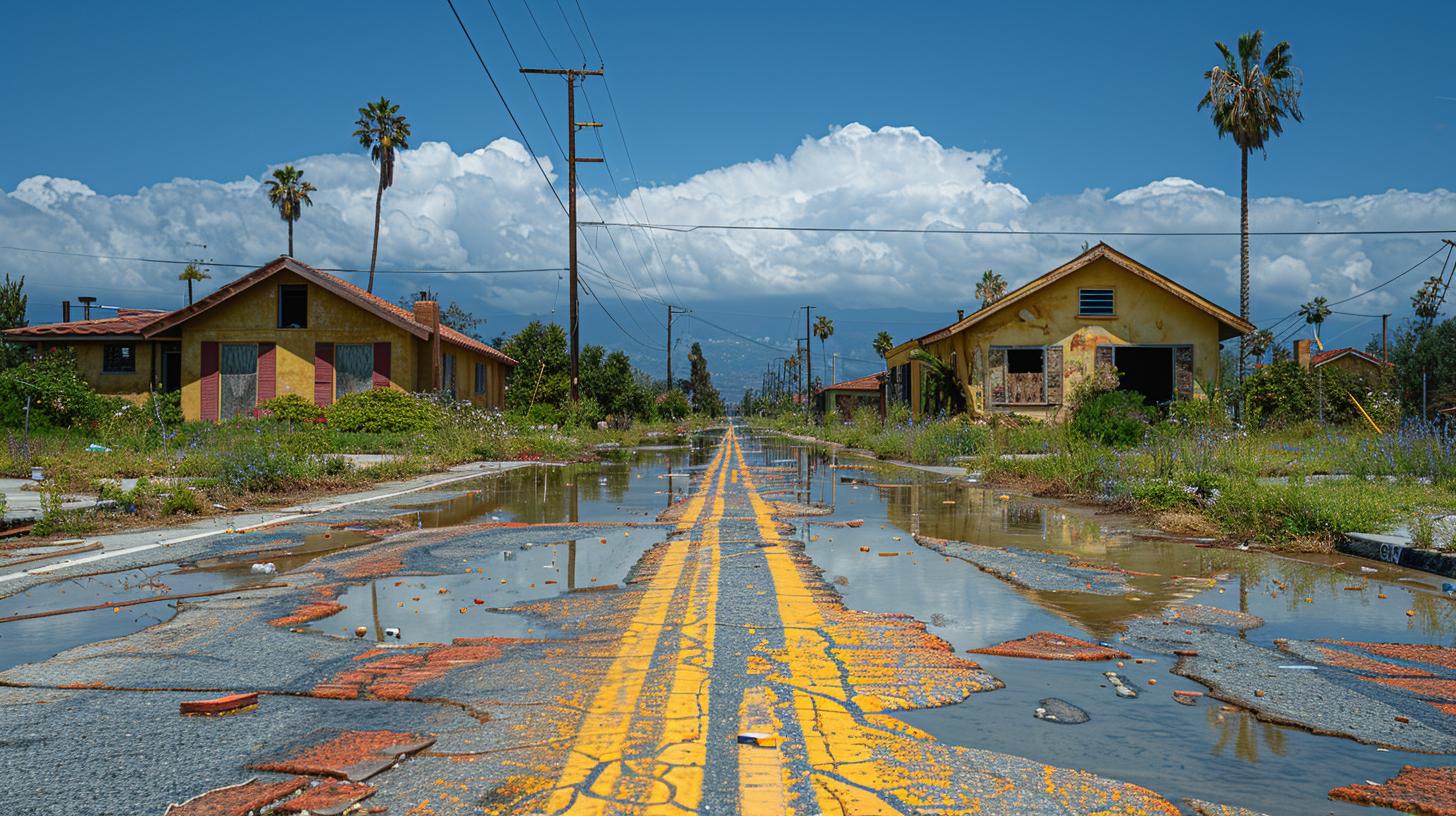
Last but not least, seeking professional help for any reinforcement work is highly recommended. Experienced contractors have specialized skills and tools to perform assessments accurately and apply reinforcements effectively. They can identify specific vulnerabilities unique to your home’s architecture and geographic location within Newport Beach, ensuring that all necessary precautions are taken to protect against future storm damage.
Install a Proper Drainage System
To effectively protect your roof from storm damage in Newport Beach, installing a proper drainage system is vital. Gutters and downspouts play a crucial role in directing excess water away from your roof and foundation, minimizing the risk of leaks and structural damage. Given the coastal location of Newport Beach, heavy rainstorms are not uncommon, making an efficient drainage system an essential component for any home.
Start by ensuring that your gutters are free from debris such as leaves and dirt, which can cause blockages and overflow during heavy rains. Regularly cleaning your gutters will help maintain their functionality; ideally, this should be done at least twice a year or more frequently if you have many surrounding trees. Additionally, consider installing gutter guards to prevent debris buildup and reduce maintenance efforts.
Moreover, checking the condition of your downspouts is equally important. Ensure they are securely attached and direct water at least three feet away from the foundation to prevent erosion and potential flooding issues. Upgrading to larger downspouts can also improve water flow capacity during intense storms, providing an added layer of protection against storm damage newport beach incidents.
| Component | Recommended Actions |
|---|---|
| Gutters | Regular cleaning, install gutter guards. |
| Downspouts | Secure attachment, direct water away from foundation. |
| Overall Drainage System | Inspect bi-annually or after major storms. |
In summary, a well-maintained drainage system consisting of clean gutters and properly positioned downspouts can significantly reduce storm-related risks. By paying attention to these aspects before a storm hits Newport Beach, homeowners can safeguard their property from potential storm damage effectively.
Use Roof Coverings and Sealants
Using roof coverings and sealants is one of the most effective ways to protect your roof from storm damage in Newport Beach. Roof coverings such as waterproof membranes, reflective coatings, or asphalt shingles can provide an additional layer of protection against heavy rain and wind. These materials are specifically designed to withstand harsh weather conditions and can significantly reduce the risk of leaks, water infiltration, and structural damages that are common during storms.
When applying roof coverings and sealants, it is crucial to follow a step-by-step process to ensure optimal performance and longevity. First, clean the surface thoroughly to remove any dirt, debris, or old paint that could prevent the new material from adhering correctly. Next, apply a primer if necessary; this will help enhance the bond between the covering or sealant and the roof’s surface.
Once the primer has dried completely, apply the chosen covering or sealant evenly using a brush, roller, or spray system as recommended by the manufacturer. It may be beneficial to hire a professional for this task if you’re unsure about handling it yourself.
Using high-quality sealants along with roof coverings offers additional benefits like improved energy efficiency by reflecting sunlight away from your home. This not only helps in maintaining cooler indoor temperatures but also extends the lifespan of your roofing materials by preventing thermal degradation.
Properly sealed roofs can also deter pests that might seek shelter during storms, further protecting your property from possible infestations. Regular maintenance checks should also be conducted to inspect any wear or damage on these protective layers.
| Roof Covering | Benefits |
|---|---|
| Waterproof Membranes | Reduces water infiltration; protects against leaks. |
| Reflective Coatings | Improves energy efficiency; prevents thermal degradation. |
| Asphalt Shingles | Durable; cost-effective; easy installation. |
In summary, incorporating both roof coverings and sealants into your storm preparedness plan can offer robust protection against storm damage Newport Beach residents often face. Such preventive measures ensure not only durability but also enhance overall home safety and functionality during adverse weather events.
Secure Loose Objects and Improve Attic Ventilation
Impact of Loose Objects
During a storm, any unsecured objects around your home can become hazardous projectiles. Lawn furniture, garden equipment, and even children’s toys can be uplifted by strong winds, posing significant risks to your roof. These items can cause punctures and tears in the roofing material or even dislodge tiles and shingles. Taking the time to secure or store away loose objects can significantly reduce the risk of storm damage Newport Beach residents often face.
Steps to Secure Your Property
Start by conducting a thorough examination of your yard to identify any items that could become airborne during a storm. Store lightweight items such as patio furniture cushions, potted plants, and decorative items inside a garage or shed. Heavy objects should be anchored securely to prevent movement.
You might also want to consider investing in heavy-duty storage solutions specifically designed for outdoor use. For structures like sheds or playsets that can’t be moved easily, make sure they are properly anchored into the ground.

Improving Attic Ventilation
Proper attic ventilation plays a crucial role in maintaining your roof’s integrity during storms. Adequate ventilation helps regulate temperature and moisture levels within the attic space, which is essential for preventing mold growth and structural damage over time. During storms, effective ventilation systems can also minimize pressure build-up under the roof, reducing the likelihood of shingles being lifted off by strong winds.
Consider installing ridge vents along the peak of your roof or soffit vents under the eaves for continuous airflow throughout the attic space. Ensure existing vents are clear of debris like leaves and dirt that could obstruct airflow. Regular inspection and maintenance of your attic’s ventilation system will ensure it operates effectively when faced with severe weather conditions frequently experienced in Newport Beach.
Emergency Preparedness and Insurance
Essential Items for an Emergency Storm Kit
Being prepared for severe weather can make a significant difference in how you respond to storm damage Newport Beach. It’s crucial to assemble an emergency storm kit that includes the basics such as non-perishable food items, bottled water, flashlights, batteries, a first-aid kit, and any necessary medications. Additionally, having a portable phone charger is essential to maintain communication.
Important documents like identification and insurance policies should also be kept in a waterproof container within the kit. Ready access to tools such as a multi-tool or wrench can be invaluable when needing to shut off utilities.
Understanding Your Homeowner’s Insurance
Knowing what your homeowner’s insurance covers before the storm hits can save both time and stress later on. Review your policy to understand coverage specifics related to storm damage Newport Beach.
Typically, standard homeowner’s insurance will cover damages from windstorms and hail but may exclude flooding caused by heavy rains or coastal surges unless you have additional flood insurance. Contact your insurance provider for clarity on deductibles, claim filing procedures, and any preventive measures required under your policy to ensure full coverage during an incident.
Documenting Damage for Claims
After ensuring safety post-storm, documenting the damage with photos and videos can significantly aid the insurance claims process. Take detailed images of all affected areas including close-ups of roof damage, debris impact points, and other visible issues both outside and inside your home.
Keep records of conversations with contractors or repair services detailing estimates for fixes ensuing from storm damage Newport Beach. Swiftly report this documentation along with any required forms to your insurance provider to expedite claim approval and repairs.
Professional Help and Resources
When facing storm damage in Newport Beach, knowing when to call in a professional can make all the difference. It’s crucial to recognize the signs that indicate expert assistance is needed.
Some of these signs include sagging or uneven roof lines, persistent leaks despite temporary fixes, and visible mold or mildew growth in the attic or on interior walls. If you notice any of these issues, it might be time to reach out to a roofing specialist who can conduct a thorough inspection and recommend appropriate repairs.
Local resources play a vital role in addressing and preventing storm damage effectively. Newport Beach offers a range of reliable contractors known for their expertise in storm damage repair and prevention. A few reputable companies include:
- Coastal Roofing Solutions: Specializes in emergency repair services and preventive measures specific to coastal regions.
- Newport Roof Masters: Offers comprehensive assessments and tailored solutions for fortifying roofs against storms.
- Pacific Roofing & Repair: Known for its quick response times and high-quality workmanship in storm-related repairs.
Homeowners should consider reaching out to these local experts for both initial consultations and ongoing maintenance services.
Additionally, there are several resources available to help residents stay informed about impending storms and proper preparedness techniques. The City of Newport Beach’s official website provides essential updates on weather conditions, evacuation routes, and safety guidelines. Similarly, signing up for local alert systems can ensure you receive timely notifications about severe weather events. By leveraging these resources, homeowners can better protect their homes from potential storm damage Newport Beach is known to experience during intense weather periods.
Conclusion
In conclusion, safeguarding your roof from the perils of storm damage in Newport Beach is not merely a seasonal concern; it demands year-round vigilance and proactive measures. Given the varied climate conditions, from fierce windstorms to unrelenting coastal downpours, homeowners must adopt a multifaceted approach to fortify their roofs against potential hazards.
By regularly inspecting your roof, ensuring that you have chosen durable materials suited for adverse weather, and trimming overhanging trees, you can significantly minimize the risks associated with storm damage.
Furthermore, reinforcing your roof structure and installing an efficient drainage system are critical steps that should not be overlooked. Reinforcement techniques designed by professionals can provide an added layer of security against strong winds and heavy rains typical in Newport Beach. Additionally, the role of a proper drainage system cannot be overstated; well-maintained gutters and downspouts are essential for channeling water away from your home to prevent leaks and structural damage.
Finally, emergency preparedness plays a pivotal role in mitigating the aftermath of storms. Equipping yourself with an emergency kit and understanding your homeowner’s insurance policy can make all the difference when dealing with storm damage Newport Beach experiences. Seeking professional help when necessary ensures that repairs are conducted safely and efficiently. By adopting these comprehensive measures, homeowners can protect their investments and ensure the longevity of their roofs amidst Newport Beach’s unpredictable weather patterns.

